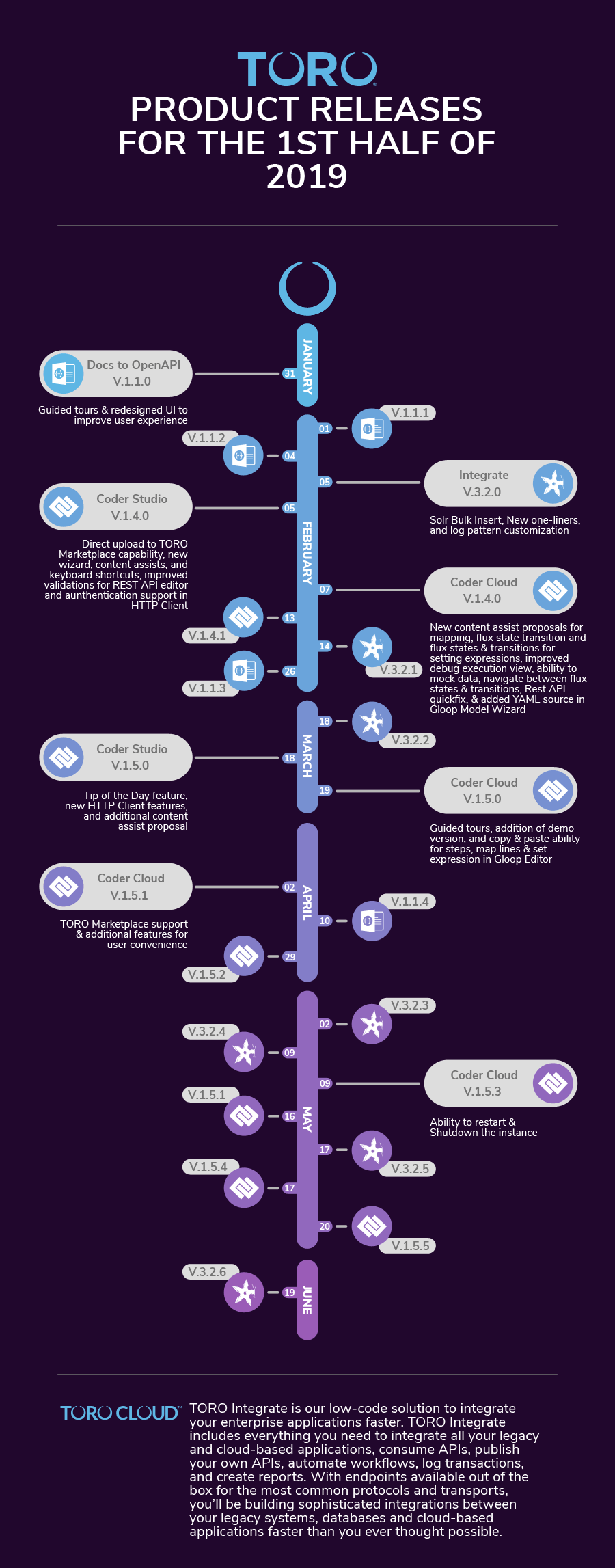UPDATE: 9/9/19 References to Toro Integrate, Toro Coder and Toro Coder Cloud refer to pre-release versions of Martini Desktop and Martini Online.
Toro welcomed 2019 with fresh new updates and features to make enterprise application integration better than ever. Throughout the 1st half of 2019, we've rolled out new features and implemented upgrades to our product offerings, and we have prepared this recap to share what we did to level up your enterprise integration.
Check out our timeline of product releases and our rundown of the new features and updates that we delivered in the first half of 2019.
What's new in Toro Integrate?
Toro Integrate is our low-code solution to integrate your enterprise applications faster. Toro Integrate includes everything you need to integrate all your legacy and cloud-based applications, consume APIs, publish your own APIs, automate workflows, log transactions, and create reports. With endpoints available out of the box for the most common protocols and transports, you'll be building sophisticated integrations between your legacy systems, databases and cloud-based applications faster than you ever thought possible. And for the 1st half of 2019, we have added new features so you can further accelerate your enterprise integration. Integrate faster with the following:
-
Bulk insert one-liner for Solr
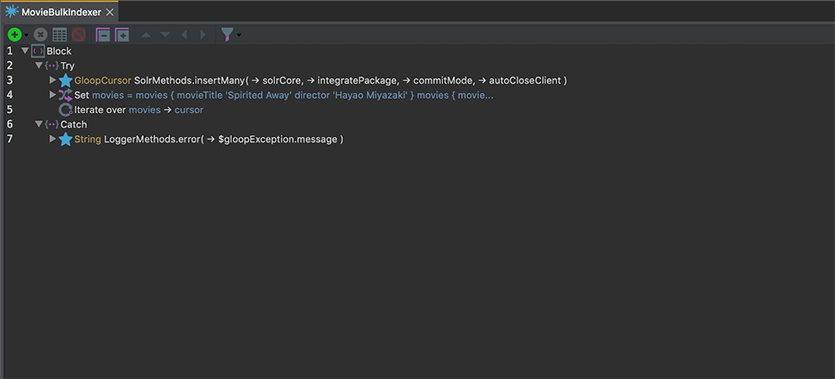
Indexing your content is now faster with our newest bulk insert for Solr feature. With the ability to bulk insert you execute fewer index requests to process a large number of records. Indexing a large number of records is now easier and faster with the new one-liners for Solr bulk inserts.
-
New one-liners for performing remote package deployment

Use our new remote deployment one-liners to deploy your integration packages remotely. Whether you deploy your package one environment at a time, or simultaneously in multiple environments, our remote deploy one-liner can make remote deployment quick and more accessible.
-
Customization of log patterns

Trace your logs efficiently by customizing your log patterns. Customize the format of your logs based on your requirements or preferences by selecting the data to appear in your logs. Log formats can also be set individually according to log destinations.
What's new in Toro Coder?
Toro Coder is Toro Integrate's official integration IDE and is available in two platforms: web and desktop. The web-based variant is called Coder Cloud and is only available for instances running on Toro Cloud, boasting convenience and portability – code anywhere, anytime. Meanwhile, the desktop-based application is called Coder Studio and is available for use across all subscription types, featuring a richer and more mature set of features that help boost developer productivity to an entirely different level. The newest features and updates in Toro Coder ensures a seamless coding experience for your integration needs. We also have platform-exclusive features to level up your development from your preferred IDE platform. Check out the list below:
-
Ability to upload Integrate packages to the Toro Marketplace directly from Coder Studio
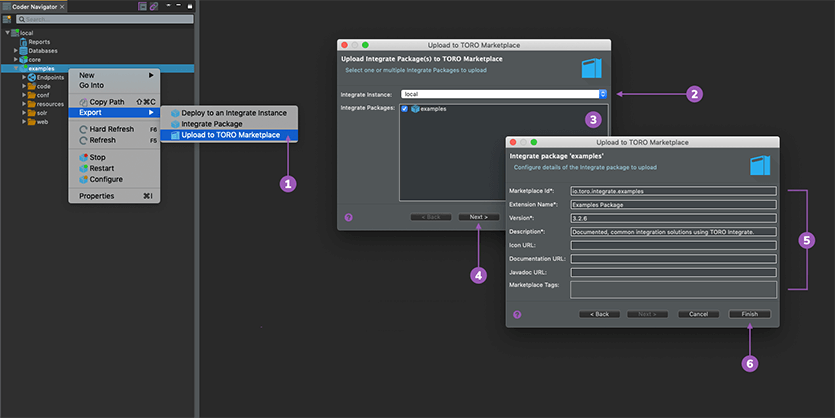

Uploading your Integrate Packages to the Toro Marketplace is now effortless with the new direct upload feature in Toro Coder. You don't have to exit Coder Studio or Coder Cloud and login to Toro Marketplace separately. Directly upload your integrate packages to Toro Marketplace within Toro Coder in just a few clicks.
-
Create and navigate Flux transitions in the Flux editor using content assist and keyboard shortcuts
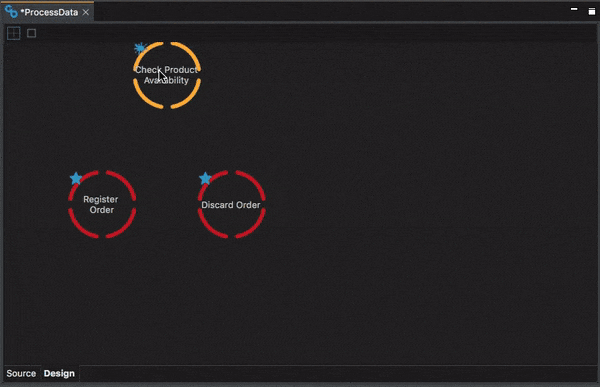
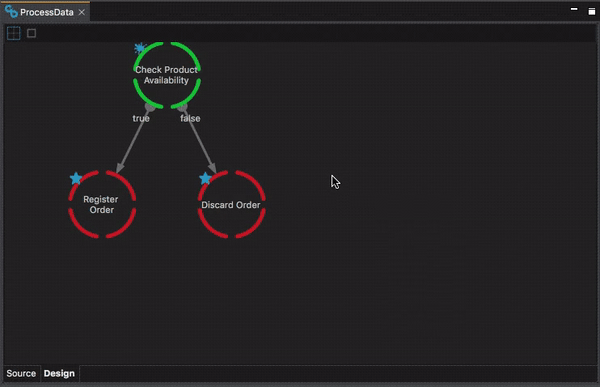

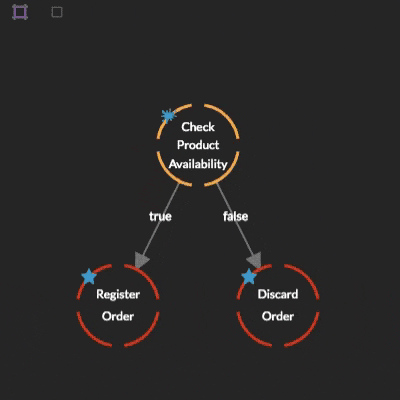
Create workflows faster with new content assist proposals & keyboard shortcuts for Flux. Use the keyboard shortcuts by toggling the Tab key or Shift + Tab key to navigate between flux states and transitions easily. Utilize content assist in creating flux transitions by selecting your starting flux state, then pressing [.] to display content assist, and typing 'Transition to” to create your flux transition.
-
Copy & Paste Map Lines
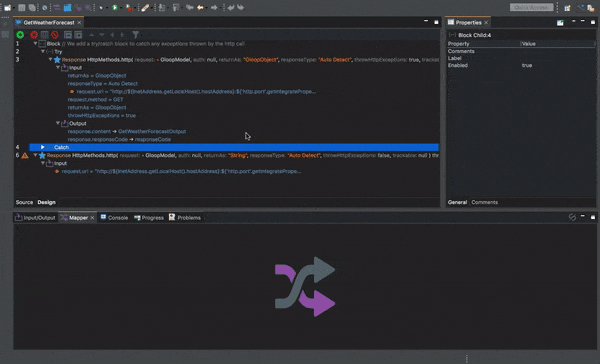
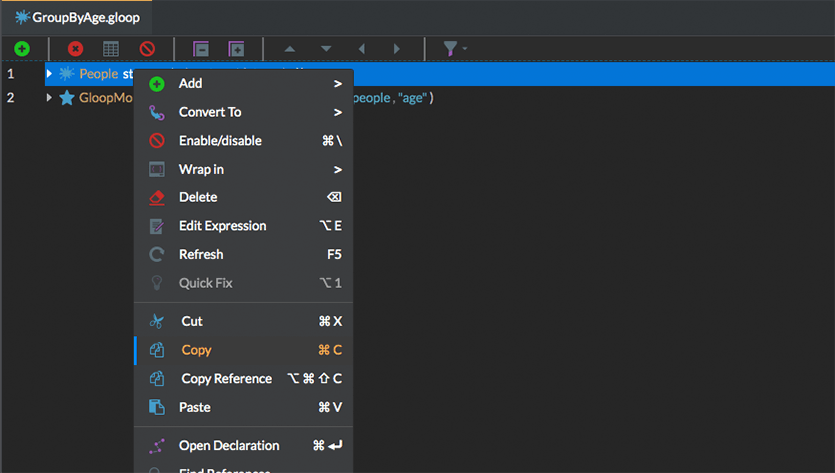
Mapping your variables is more convenient with the addition of copy & paste support for Map Lines. Now, you can assign a value from one variable to another using copy and paste. Copy your map line from the step editor and paste it in the mapper view, or do it vice versa. You can also copy and paste map lines from one mapper view to the other, or from one step editor to the other.
Coder Studio Exclusives
-
'New' wizard for conveniently creating services for Integrate endpoints, Integrate packages (startup and shutdown), and Monitor rules
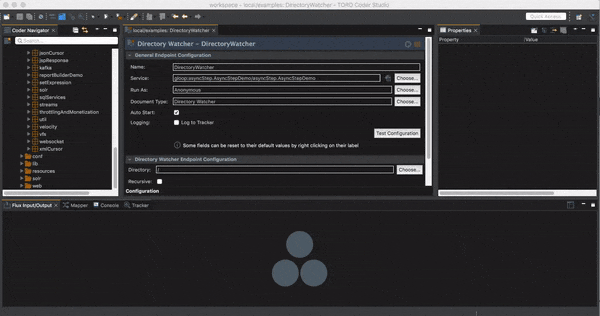
Create services based on Integrate endpoints, Integrate packages (startup and shutdown) and Monitor rules conveniently with the addition of a wizard, labelled 'New”, that is available when selecting a service. The 'New' wizard provides you with a list of the available properties that you can use in the service you selected.
-
Replace a Gloop Step using content assist
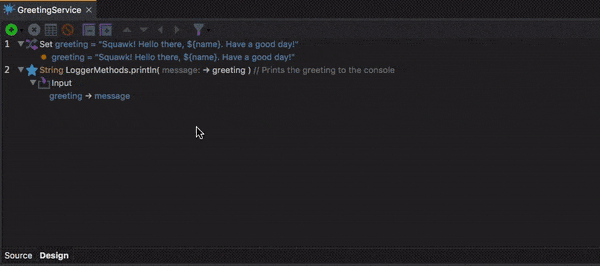 Replacing a Gloop Step is made easier with the addition of our new content assist proposal for Gloop Steps. With the new content assist, you don't need to delete and add a new step to replace the step. Select the step and toggle content assist by pressing [.] to edit the step.
Replacing a Gloop Step is made easier with the addition of our new content assist proposal for Gloop Steps. With the new content assist, you don't need to delete and add a new step to replace the step. Select the step and toggle content assist by pressing [.] to edit the step. -
New quick fix for missing Gloop service properties in the REST API editor

A new quick fix has been added to the REST API editor. Quick fixes help recognize errors and suggest possible fixes when developing your integrations. The newest quick fix recognizes missing Gloop service properties and provides options to let you add the missing properties for the service.
-
Support for authentication via Integrate sessions in the HTTP client
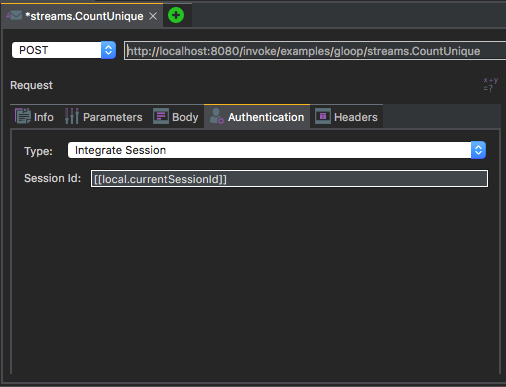
Testing your integrations is now convenient with the addition of authentication support via Integrate sessions. The option to authenticate using the current Integrate session is now supported in the HTTP Client. Use 'Integrate Session' as your authentication type, and the HTTP client will authenticate using the current session ID.
-
Tip of the Day in Toro Coder Studio
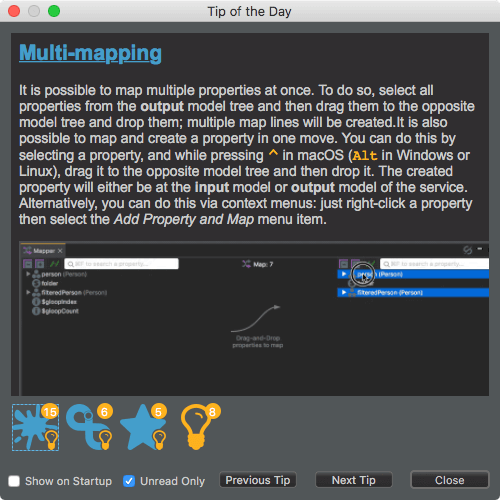
Improve your integration skills with the new Tip of the Day feature. Learn new skills to harness the full capability of Coder Studio & Integrate and build beautiful integrations. The Tip of the Day feature displays new tips on startup and suggests tips depending on the context of your actions.
-
Support for cookie management in HTTP Client
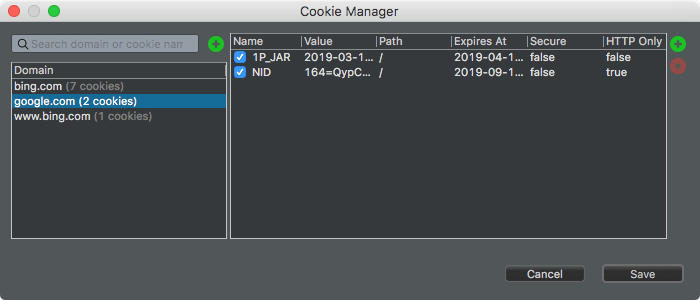
Control the data in your cookies with cookie management support in HTTP Client. Now, you can edit the data to be stored in the cookie/s according to your preferences. Manage the data that your cookie file will send using the HTTP Client.
-
Importing and exporting of HTTP requests in the HTTP Client
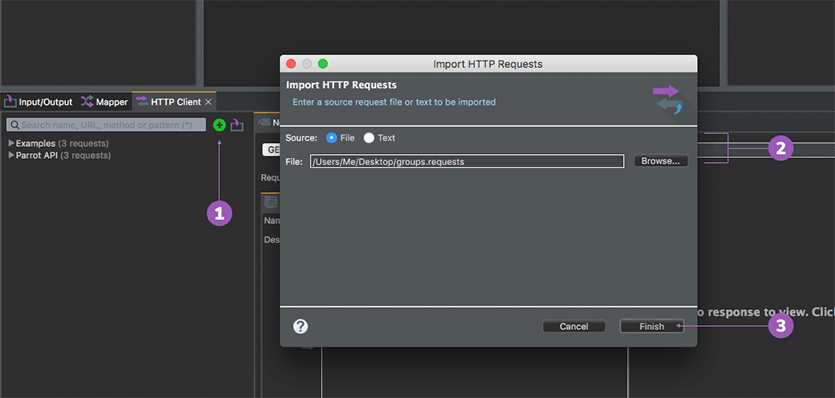
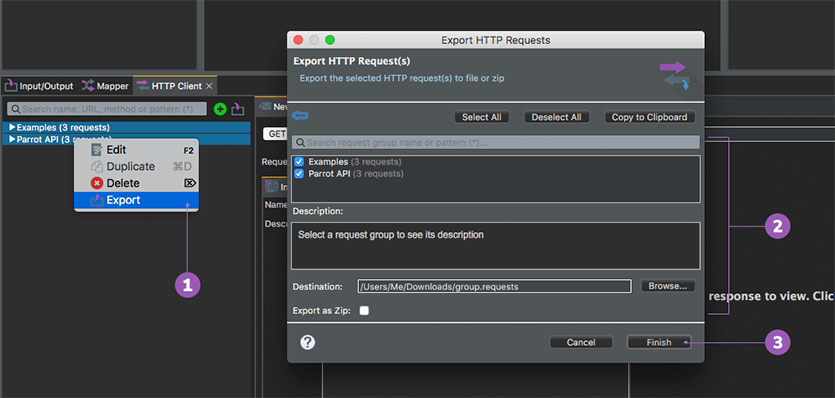
Eliminate time-consuming, manual HTTP request creation with import and export support in the HTTP Client. Coder Studio's HTTP Client lets you import and export HTTP requests so you can design your HTTP requests and share it with other Coder users easily.
-
Export HTTP Request as a Gloop service
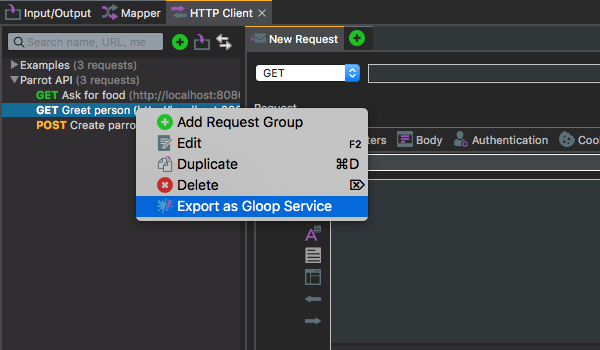
Integrate Faster with support for exporting an HTTP request into a Gloop service. Export HTTP requests as Gloop services that can be used in your integrations.
Coder Cloud Exclusives
-
Restart and shutdown the instance from Coder Navigator View
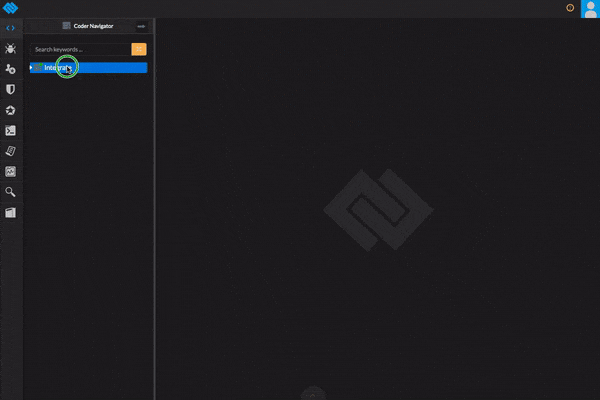
Restart or shutdown your instance instantly through the addition of 'Shutdown Integrate' option in the Coder Navigator view. Click the 'Shutdown Integrate' option to stop your instance, and restart your instance by logging in using your Integrate credentials.
-
Open API Explorer from Gloop REST API editor
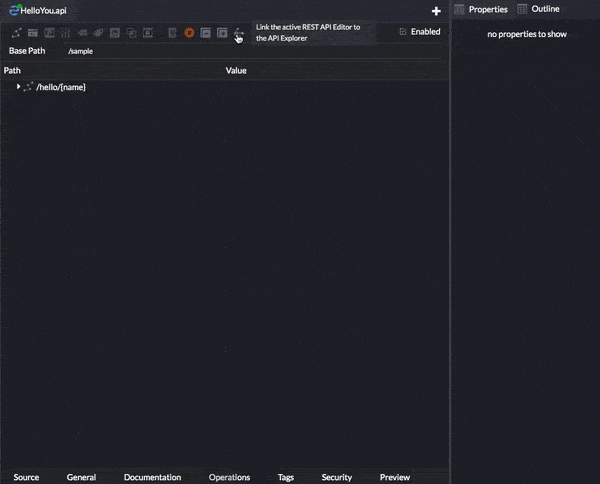
Explore and validate your APIs with Toro API Explorer. The API Explorer makes your API more discoverable by end users by letting them discover the operations available and testing those operations with sample data. The API Explorer can now be accessed directly from an API operation from within Coder's Gloop REST API editor.
-
Resizable set expression modals
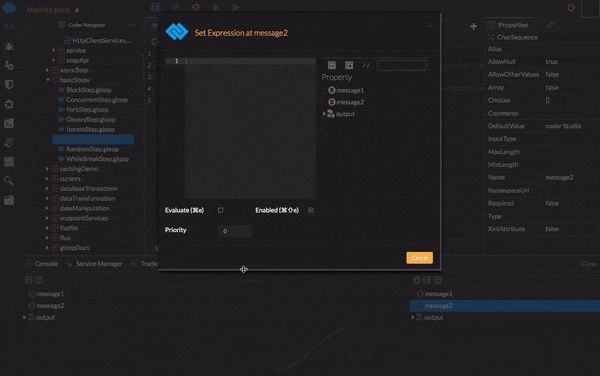
Modals for set expressions can now be resized. You can adjust the modal size by dragging it vertically or horizontally, according to your viewing preference. No matter how long or short your code is for your set expression, ensure optimal viewing with our resizable set expression modals.
-
Guided tours
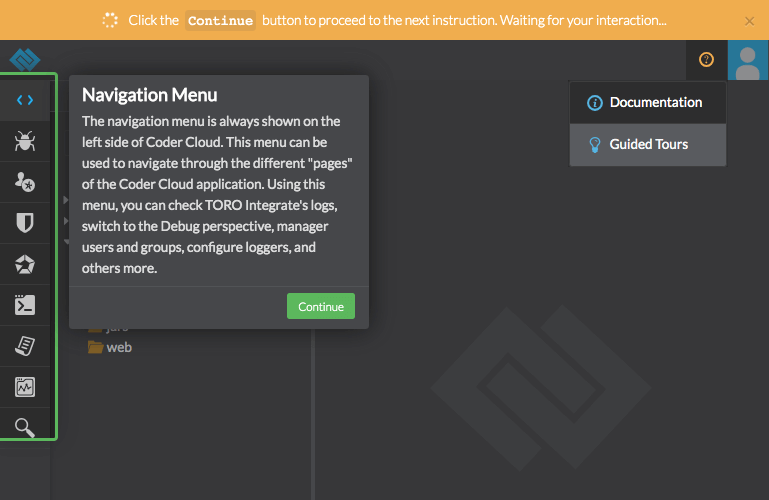
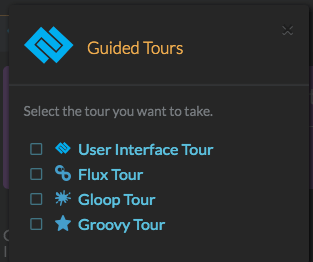
Get started on integrating faster with Guided Tours. Our interactive guided tours include detailed instructions and require user inputs to help you be immersed in learning Coder Cloud. If you wish to repeat the guided tour, click on the help icon on the upper right corner of your screen.
-
Demo version of Coder Cloud
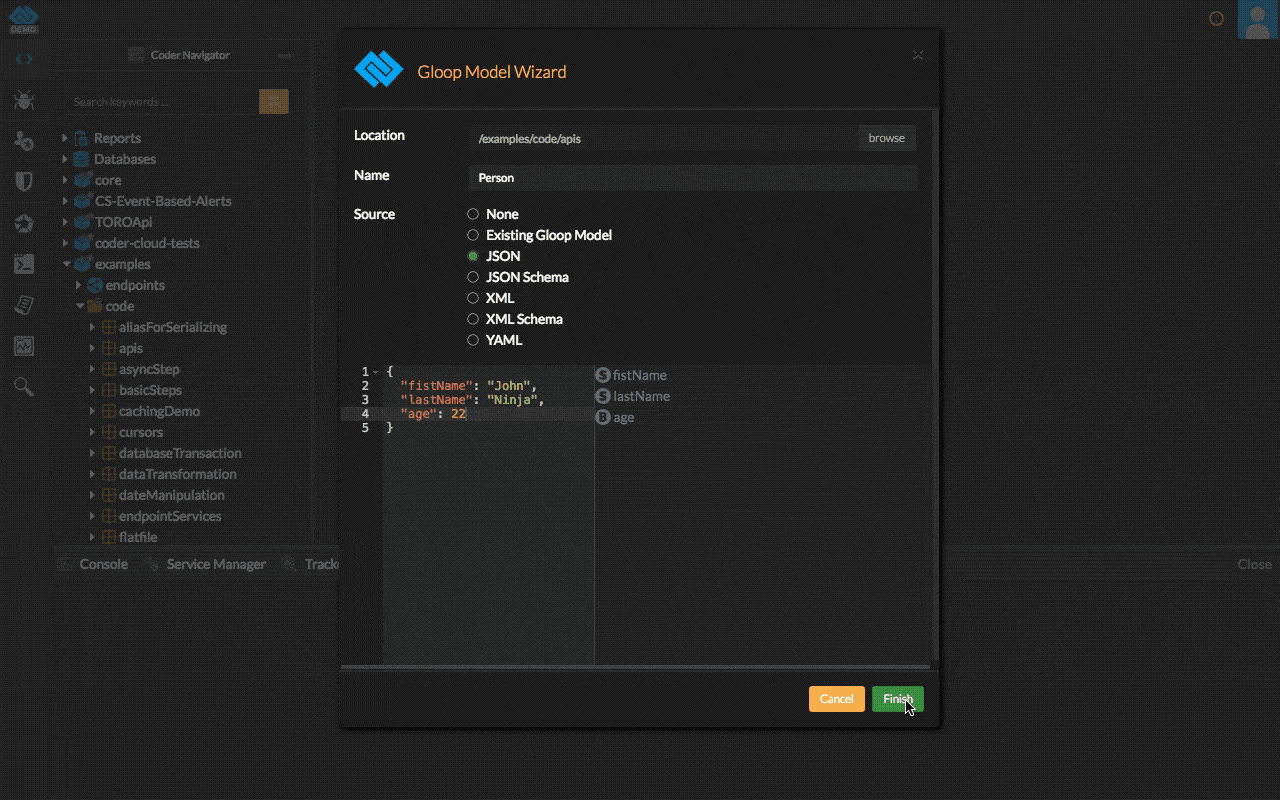
Introducing the demo version of Coder Cloud! Try Toro Integrate's official cloud IDE to explore the features and offerings of Coder Cloud without registering for an account beforehand.
-
Copy and pasting of steps, and set expressions in the Gloop service editor

Copying and pasting steps and set expressions are now enabled to help you develop your integrations seamlessly. Copy and paste your steps or set expressions from the Gloop service editor to mapper views or other editors and vice versa.
-
Set Map lines and set expressions for Flux states and transitions using content assist
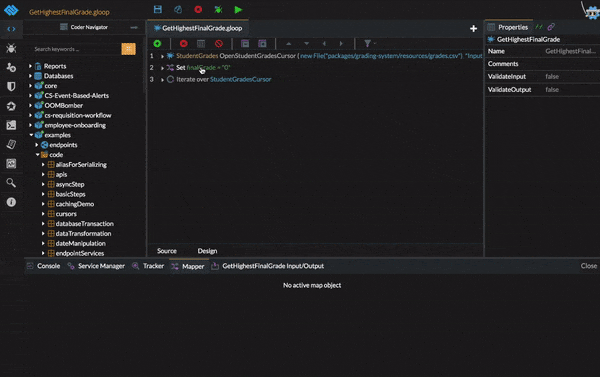
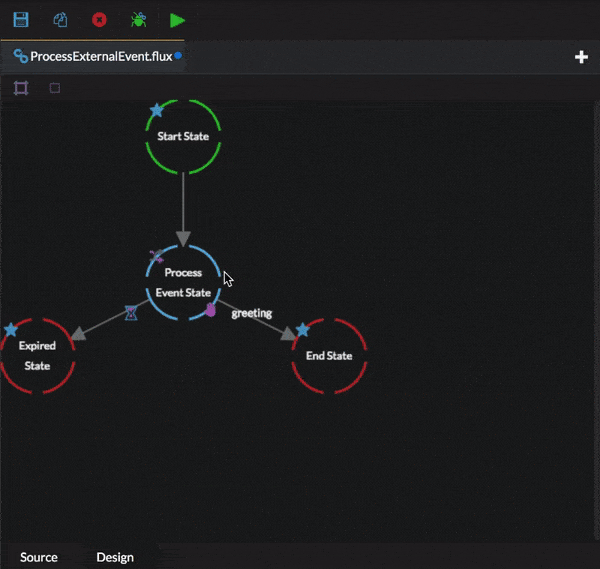
Create your workflows faster with the new content assist proposals. New proposals have been added to set map lines and set expressions for Flux states and transitions. Press [.] to toggle content assist and type 'Map' to select between adding a map step or mapping one property to another, and set expressions by clicking the Flux state or transition and selecting 'Set expression'.
-
Improved debug execution view
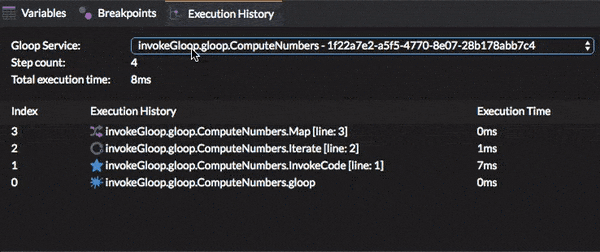
The debug execution view has been improved to make it easier to navigate between different Gloop service launches. Improvements done to the debug execution view includes viewing one of the available Gloop service launches by default and adding a combo box to provide an option to select your preferred available Gloop service launch.
-
Mock your data in REST API editor
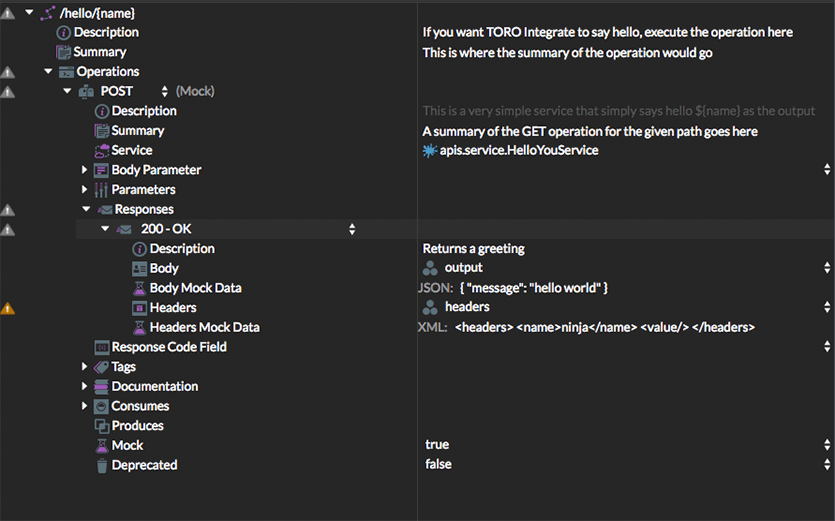
The ability to mock data has been added in the REST API editor to support faster development. Mock your data in the REST API editor by specifying hardcoded response bodies. Select the 'Response' parameter from your REST API editor, choose a response code, and add your mock data in the 'Body Mock Data' & 'Headers Mock Data' property.
-
New quickfix for Rest API typo in path
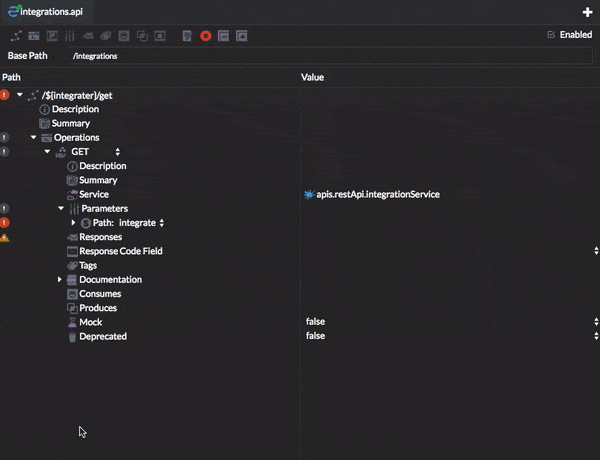
Quick fixes help recognize errors and suggest possible fixes when developing your integrations. The newest Rest API quick fix recognizes typos and provides options to autocorrect the path parameter.
-
Addition of YAML source in Gloop Model wizard
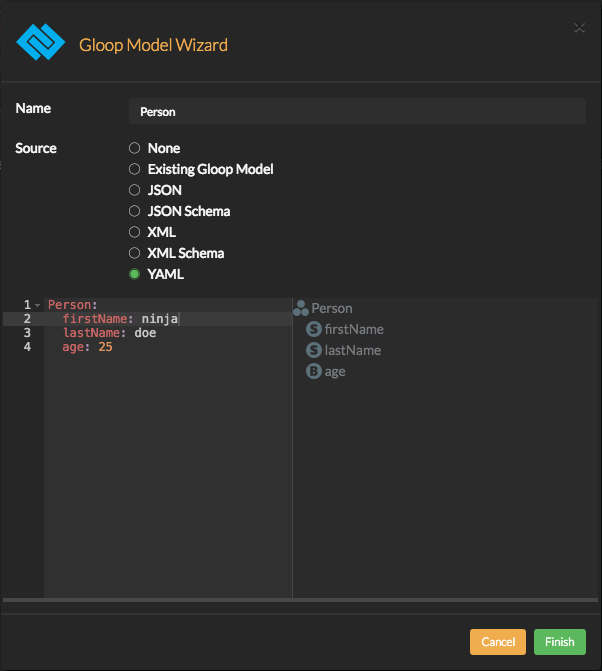
An additional source has been added when creating Gloop models to expand your options. The YAML format has been added as a source option in the Gloop model wizard. Now, you can create Gloop models from YAML formatted data source.
What's new in Toro Docs to OpenAPI?
Toro Docs to OpenAPI is Toro's free Google Chrome browser extension to produce a standards compliant OpenAPI schema directly from API documentation. This year, Toro Docs to OpenAPI focused on providing better user experience. Our newest update includes:
-
Revamped User Interface
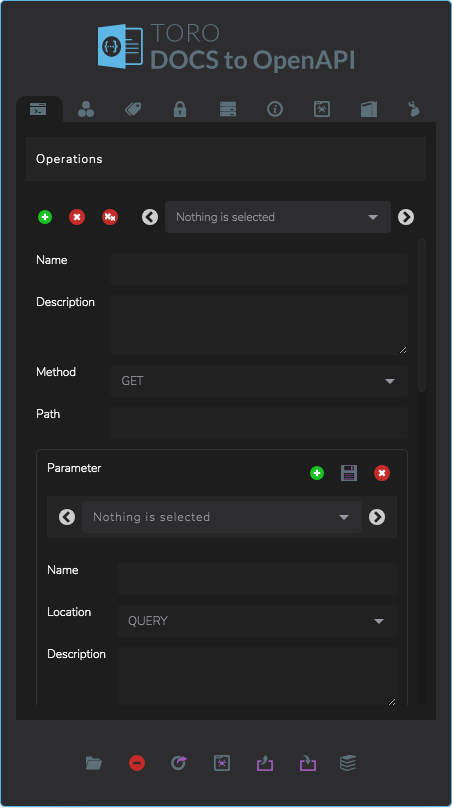
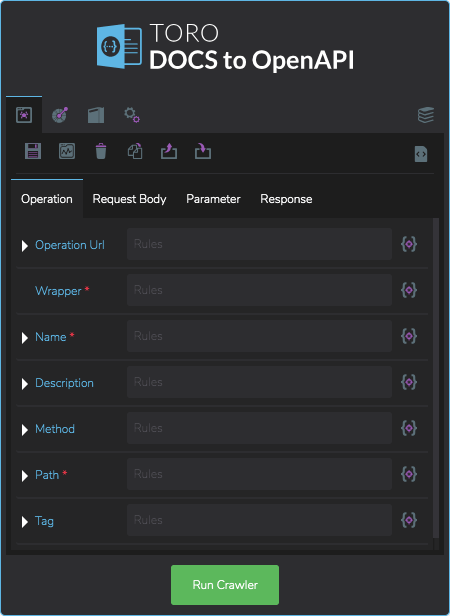
Docs to OpenAPI's user interface has been redesigned to give you a clean and straightforward interface that is easier to navigate. With its sleek, compact design, producing an OpenAPI schema directly from an API documentation is quicker and effortless.
-
Quick Tour
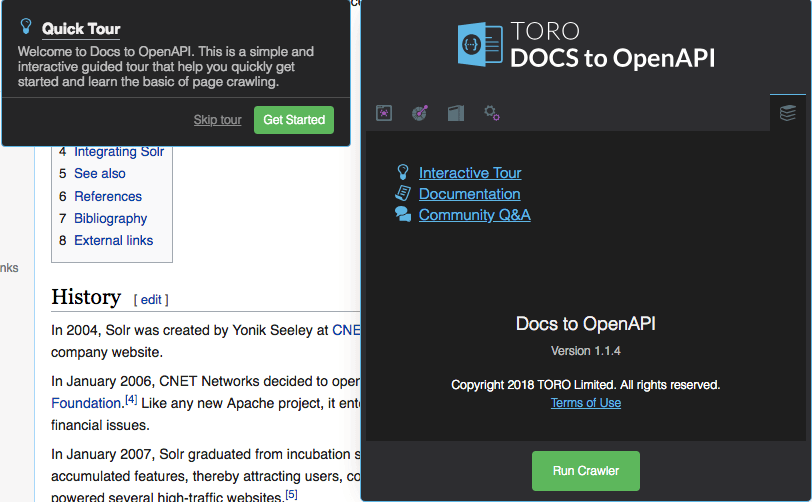
Learn how to use Toro Docs to OpenAPI easily with the quick tour. Our quick interactive tour makes use of a sample API documentation to guide you through the steps of crawling the documentation to generate an OpenAPI specification. Once the OpenAPI specification is generated, our quick tour also lets you export the specification into a zip file as your backup and validate it in Swagger Editor. And if you want to repeat the tour, you can click the help button on the upper right of the menu.
Phew! Quite a list of new features & updates, isn't it? That's it for the first half of 2019. Watch out for the 2nd half as we have BIGGER features and SIGNIFICANT updates waiting to be released. Download our products and be the first to experience our new releases by clicking the buttons down below:
 is now
is now
